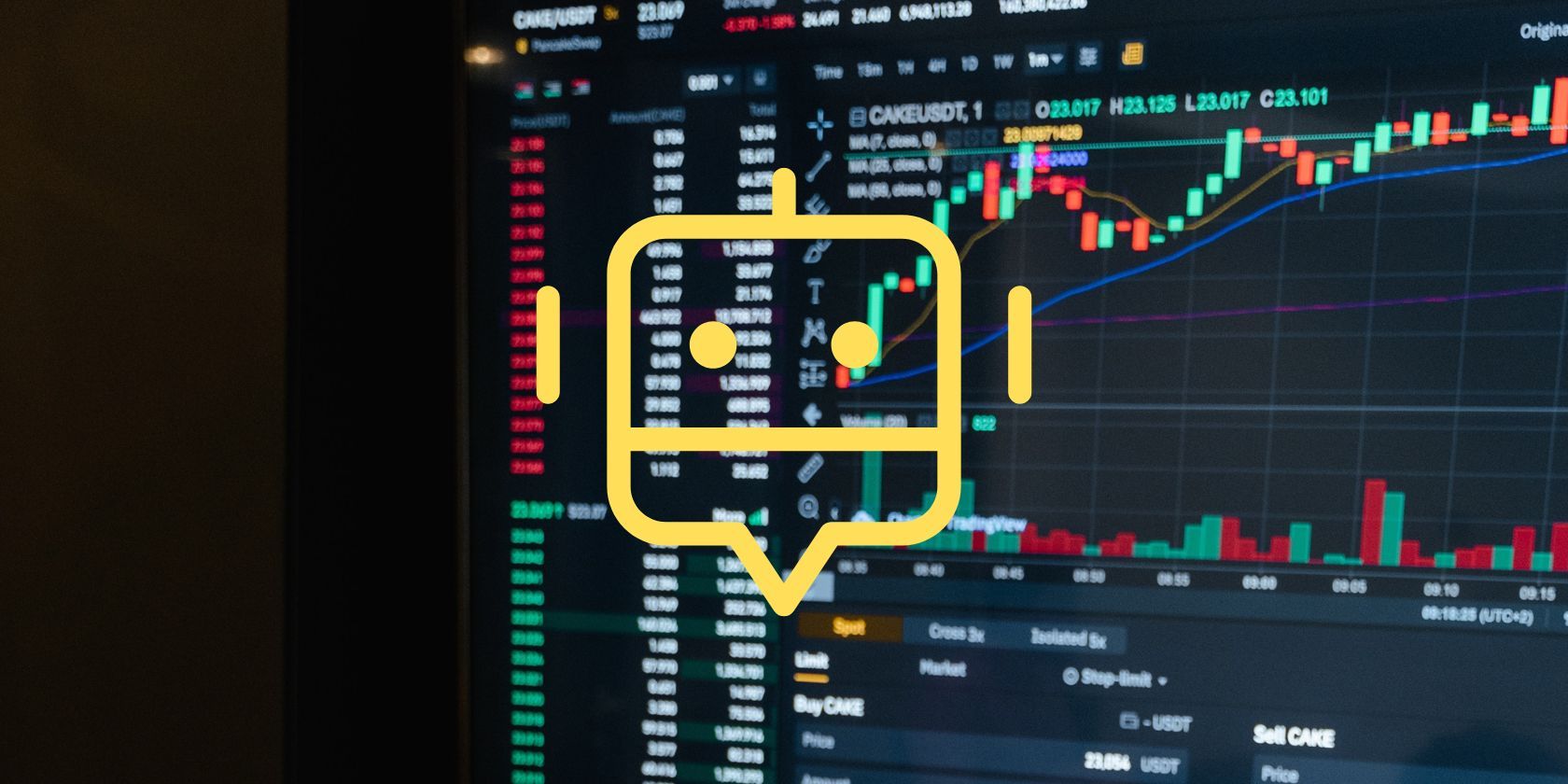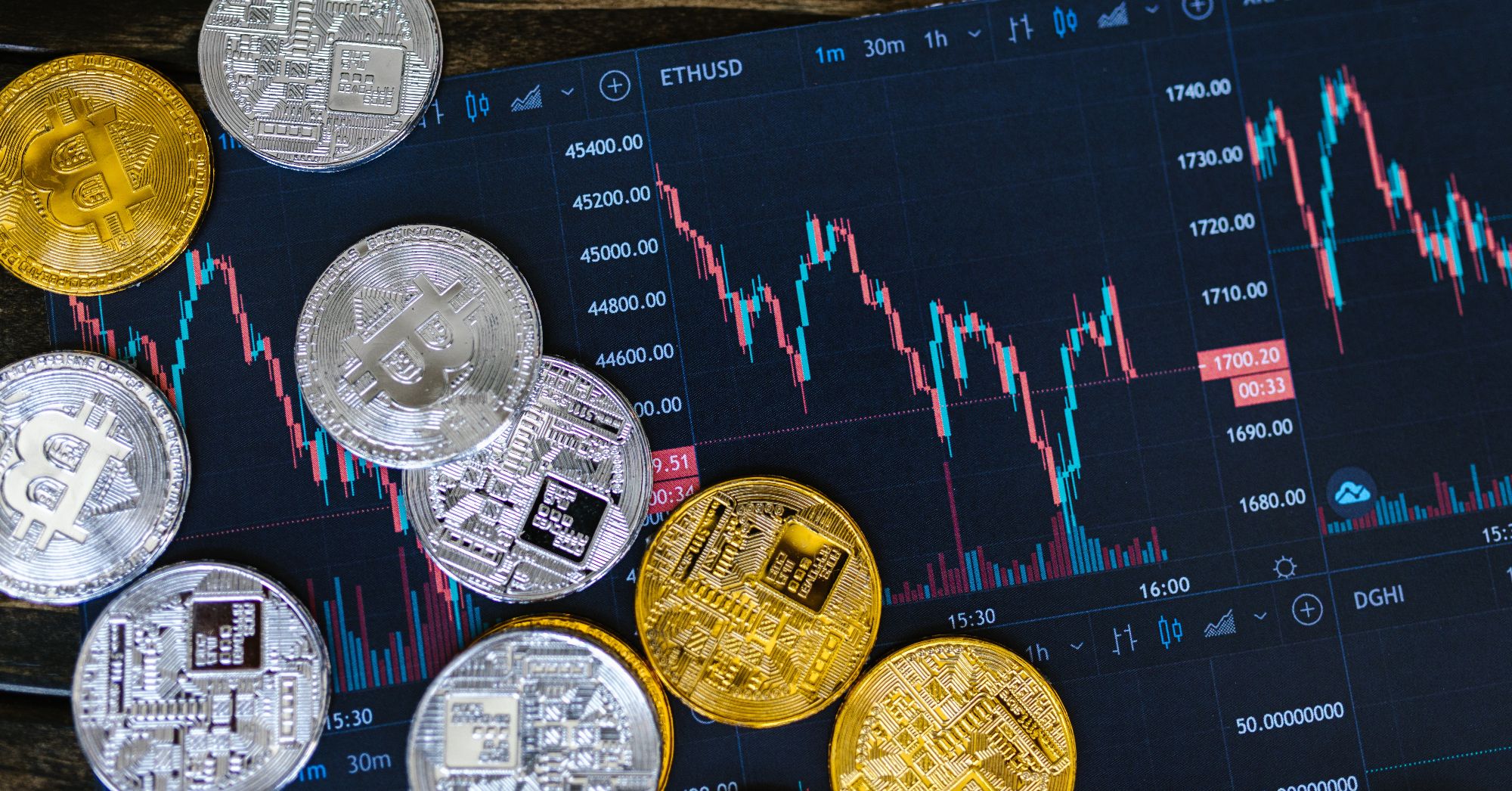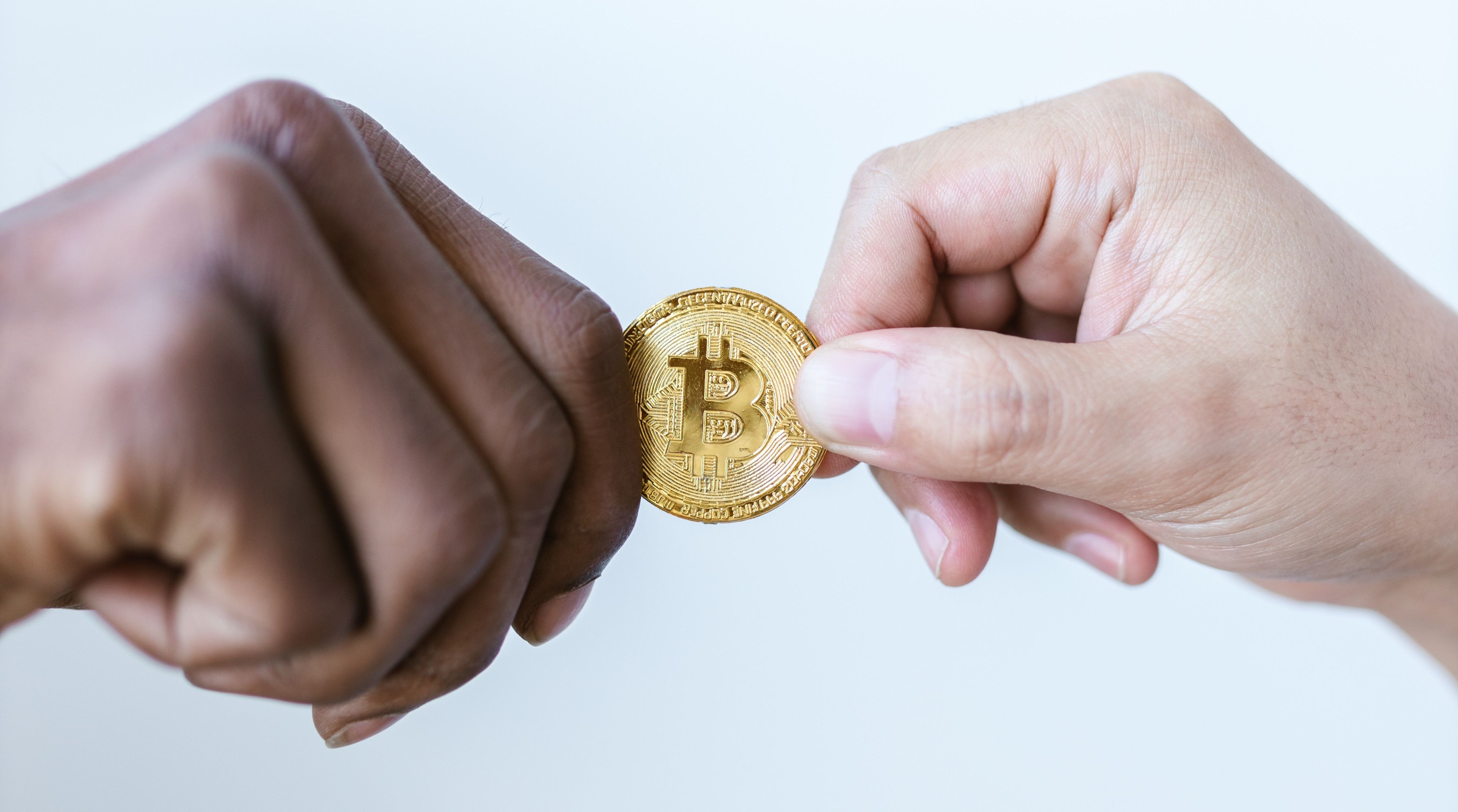It can take a while to understand how everything works in the crypto industry. This can certainly be the case for crypto trading, as a number of different essential tools and additional features are used in the process. One such tool, an Automated Market Maker (AMM), is now used daily by traders to conduct transactions.
But what is an Automated Market Maker, and can it be helpful to you?
What Is an Automated Market Maker (AMM)?
One of the key desires of many cryptocurrency holders is trustless trade. Unfortunately, third parties and central authorities can be problematic and time-consuming in finance, so decentralized finance (DeFi) services are designed to eliminate these issues. This is where automated market makers are helpful.
An automated market maker is a digital tool or protocol used to facilitate trustless crypto transactions, i.e., without a third party. While they are not used by all cryptocurrency exchanges, they are used by all decentralized cryptocurrency exchanges (DEXs). However, many big crypto exchanges today, like Coinbase and Kraken, do not use a decentralized model, which can be off-putting to some, as the whole idea of cryptocurrency is largely based on decentralization.
So, if you want to use a totally decentralized exchange, you'll come into contact with an automated market maker.
The first decentralized exchange to launch a successful automated market maker was Uniswap, which exists on the Ethereum blockchain. Since its launch in 2018, automated market makers have become far more common in the DeFi realm.
You won't find an automated market maker anywhere outside the DeFi industry. They're essentially an alternative to the typical order books used by regular exchanges. Instead of one user offering a price to buy an asset from another user, AMMs jump in and price the assets as accurately as possible. So, how does this work?
How Does an Automated Market Maker Work?
Automated market makers rely on mathematical formulas to price assets automatically without human intervention. Liquidity pools play another key role in this process.
On a crypto exchange, a single liquidity pool contains a big pile of assets locked in a smart contract. The core purpose of these locked tokens is to provide liquidity, hence the name. Liquidity pools require liquidity providers (i.e., asset providers) to create a market.
These liquidity pools can be used for a number of purposes, such as yield farming and borrowing or lending.
Within liquidity pools, two different assets come together to form a trading pair. For example, if you've seen two asset names next two each other separated by a forward slash (such as USDT/BNB, ETH/DAI) on a decentralized exchange, then you're looking at a trading pair. These example pairs are ERC-20 tokens on the Ethereum blockchain (as are most decentralized exchanges).
The ratio of the amount of one asset to another in a trading pair doesn't have to be equal. For example, a pool could have 80% Ethereum and 20% Tether tokens, giving an overall ratio of 4:1. But pools can have equal ratios, too.
Anyone can become a market maker by depositing the pre-set ratio of two assets within a trading pair into the pool. Traders can trade assets against the liquidity pool instead of directly with each other.
Different decentralized exchanges can use different AMM formulas. Uniswap's AMM uses a fairly simple formula, but it has been very successful nonetheless. In its most basic form, this formula presents itself as "x * y = k". In this formula, "x" is the amount of the first asset in a liquidity pool and a trading pair, and "y" is the amount of the other asset within the same pool and pair.
With this particular formula, any given pool using the AMM must maintain the same total liquidity on a constant basis, meaning that the "k" in this equation is a constant. Other DEXs use more complicated formulas, but we won't get into them today.
The Pros of Automated Market Makers
As previously discussed, AMMs can cut out the middle man and make trading on DEXs entirely trustless, a valuable element to many crypto holders.
AMMs also provide users with an incentive for providing liquidity in pools. If an individual provides a given pool with liquidity, they can earn a passive income via the transaction fees of other users. This financial lure is why liquidity providers are so numerous on DEXs.
Because of this, AMMs are responsible for bringing liquidity to an exchange, which is truly their bread and butter. So, on a DEX, AMMs are crucial.
Additionally, liquidity providers can also benefit from yield farming via AMMs and liquidity pools. Yield farming involves a person leveraging their crypto to receive liquidity pool assets in return for providing liquidity. Providers can also move their assets between pools to maximize their returns. These returns usually come in the form of an annual percentage yield (APY).
The Cons of Automated Market Makers
While AMMs are very useful, they can give way to certain downsides, including slippage, which happens when there is a difference between the predicted price of an order and the price of the order that ends up being executed. This is mitigated by increasing the amount of liquidity in a given pool.
On top of this, AMMs and liquidity pools are also associated with impermanent loss. This involves the loss of funds via volatility within a trading pair. This volatility refers to the price of one or both of the assets within the pair. If the value of the assets upon withdrawal is lower than it was upon deposit, then the holder has suffered from impermanent loss.
Impermanent loss is a common problem throughout DEXs, as cryptocurrencies are volatile and unpredictable by nature. However, in some cases, an asset will recover from its price dip, which is why this kind of value loss is known as "impermanent."
Automated Market Makers Keep DeFi Working
While automated market makers can be hugely useful within DEXs, they certainly pose certain risks for traders and investors. This is why it's always important to understand whatever DeFi service you want to use before putting any of your funds forward. That way, you can prepare as much as possible for unexpected price dips or crashes.



